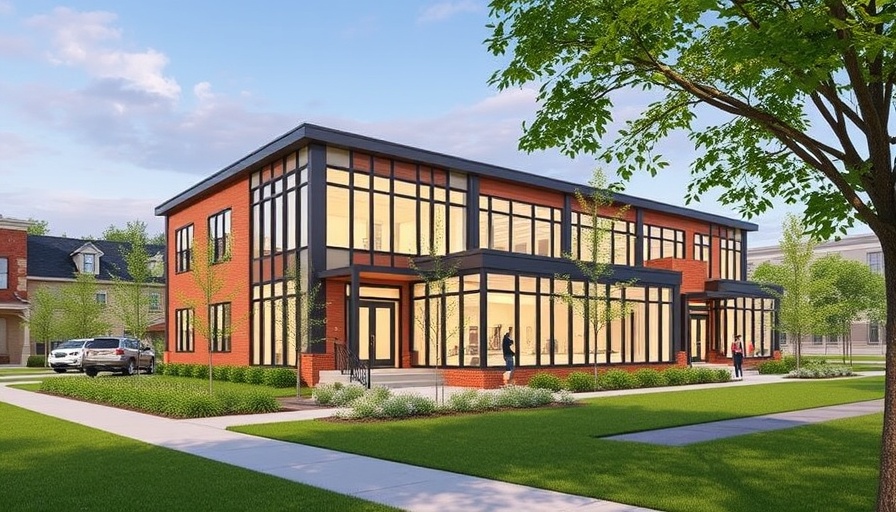
Lehigh Valley’s Pioneers in Sustainable Development
In a significant milestone for environmental consciousness, three standout projects in the Lehigh Valley have been nominated for the prestigious Green Building United’s 2025 Groundbreaker Awards. This recognition not only highlights the region's commitment to sustainability but also showcases innovative approaches in major renovations and developments.
Highlighting Innovative Projects
ATAS International, Lehigh Valley International Airport (LVIA), and Lehigh University are the frontrunners in advancing sustainable architecture in the area. Their nominations reflect both community leadership and cutting-edge sustainable design. Notably, ATAS International’s expansion of its facility includes state-of-the-art energy-efficient features such as solar array technology and InSpire panels, projected to save the company over $9,000 annually in energy costs. This 53,000-square-foot expansion completed in May 2025 is a testament to innovative thinking and responsibility in corporate practices.
Lehigh Valley International Airport’s LEED Gold Certification
Similarly, LVIA’s recent TSA checkpoint expansion sets a benchmark in airport renovations. Lauded for its LEED Gold certification, the new facility emphasizes sustainable amenities, including electric vehicle charging stations and a 38% reduction in indoor water usage. With optimized heating and cooling systems designed to reduce energy costs by 27%, LVIA showcases how infrastructure can align with sustainability goals while ensuring passenger efficiency. The balance between functionality and environmental stewardship is pivotal, especially as travel and tourism industries evolve toward greener practices.
Community Impact and Future Implications
These nominations encapsulate a larger movement toward sustainability in the Lehigh Valley, promoting awareness among residents and visitors alike. The awards ceremony scheduled for October 9 in Philadelphia will not just celebrate these nominees but inspire ongoing dialogue regarding sustainable practices in architecture and community planning. By spotlighting successful projects, the community can engage more effectively in future developments that prioritize eco-friendly techniques and materials.
Sustainability is not merely a trend but a necessity, and the recognition of these projects serves to inspire future initiatives across various sectors. As communities become more aware of their ecological footprints, such developments can set precedents for sustainable growth and innovation.
 Add Row
Add Row  Add
Add 




Write A Comment